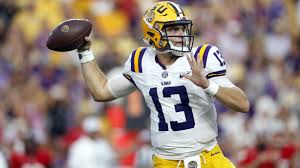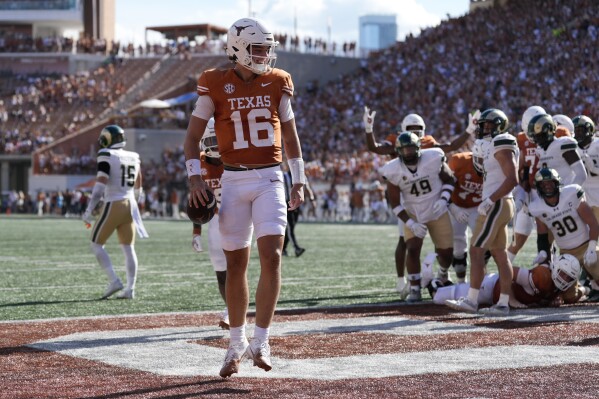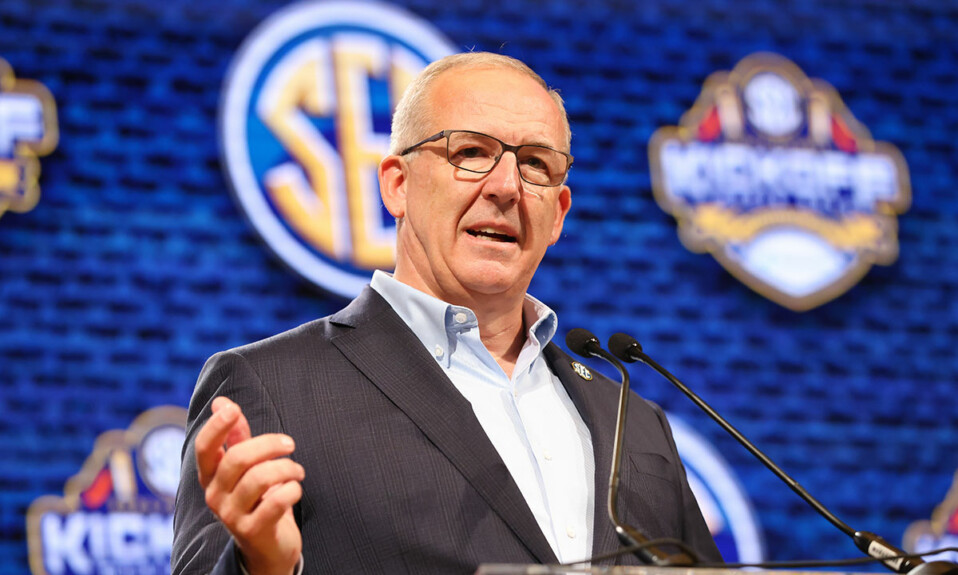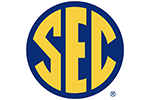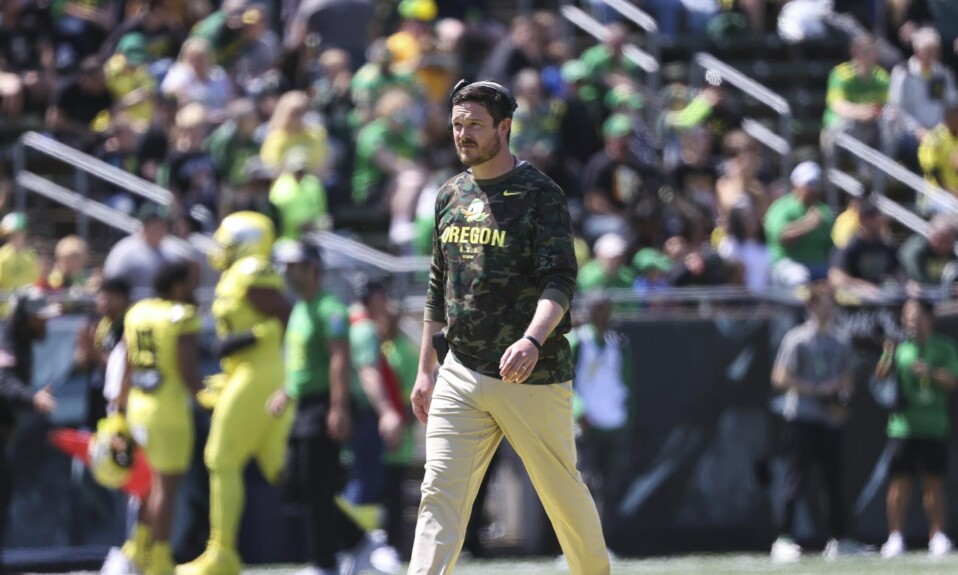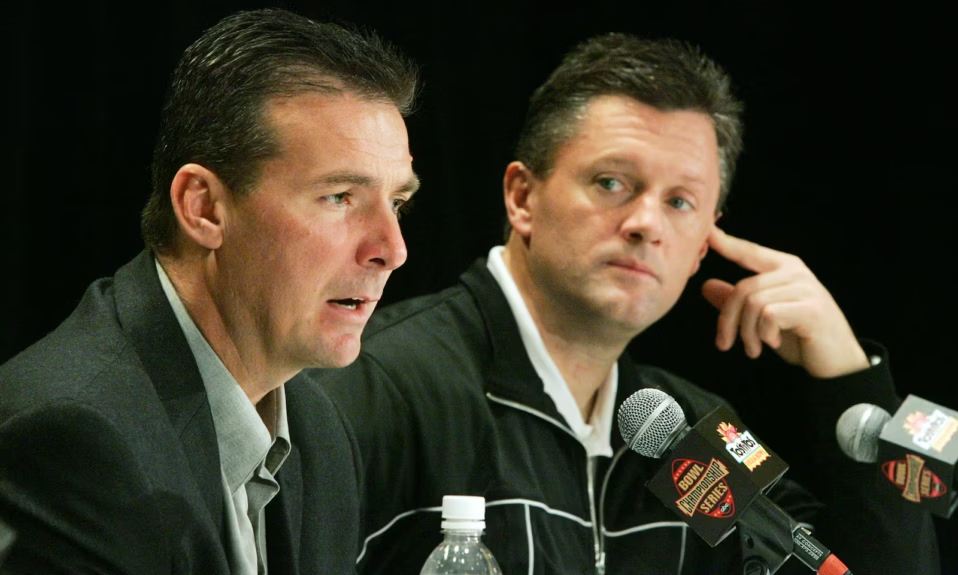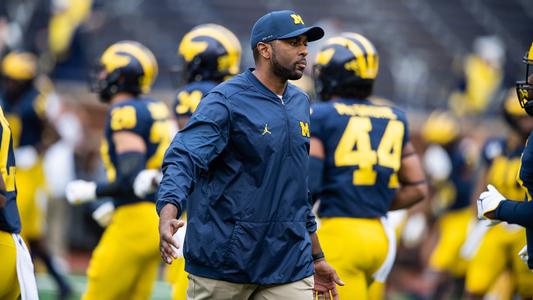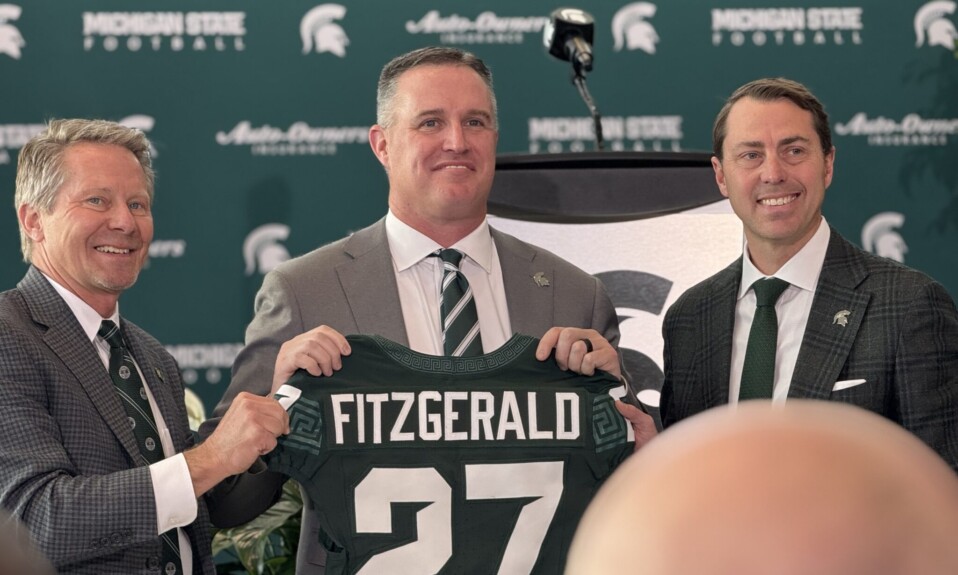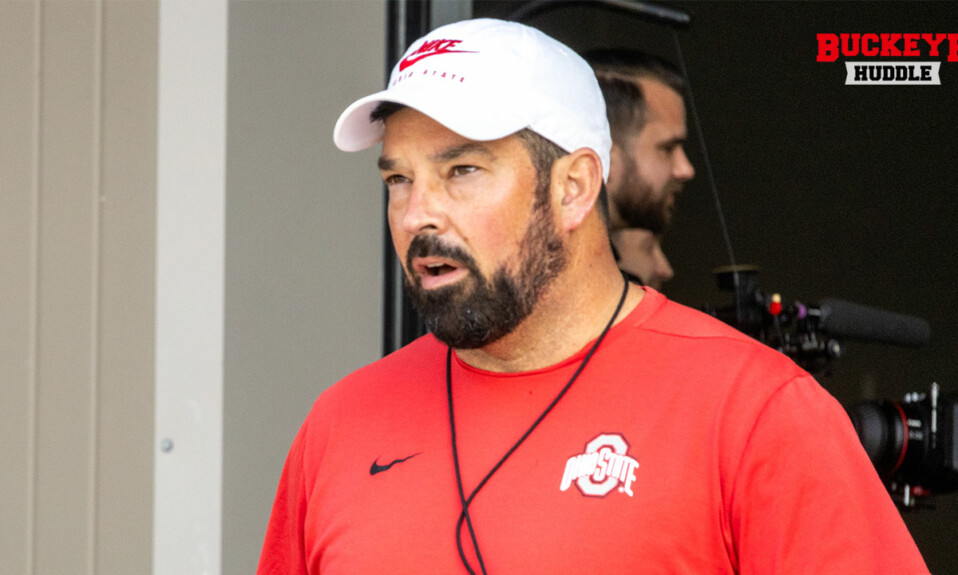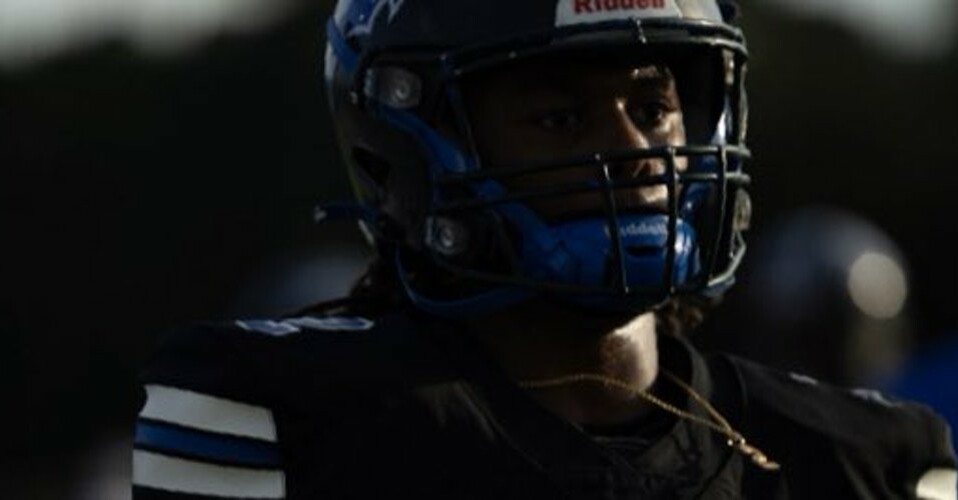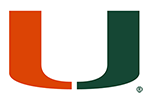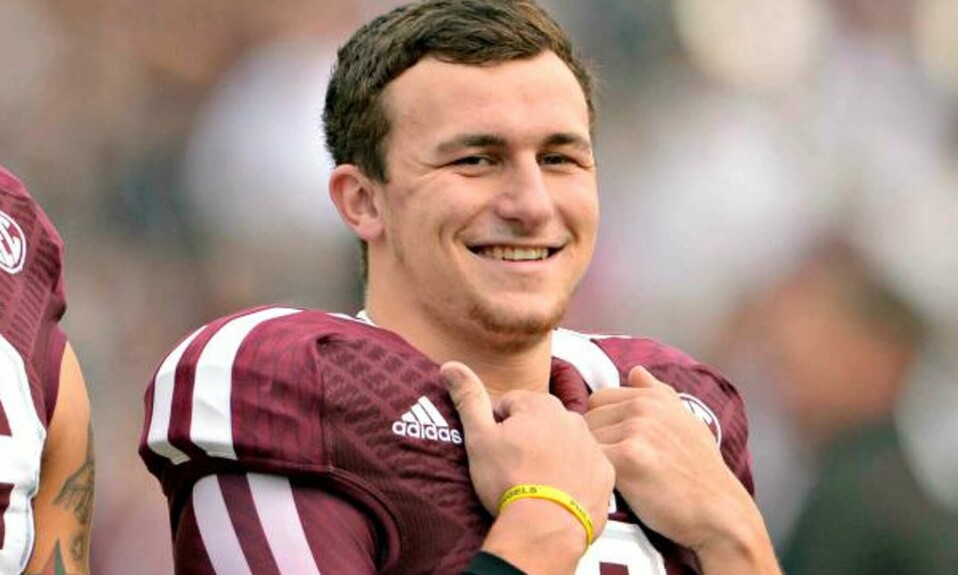The NCAA is preparing to enter the revenue sharing era upon reaching a proposed settlement in three lawsuits this week, and it is expected to bring significant changes to college athletics.
NCAA President Charlie Baker sent a memo to members of the NCAA on Friday, and he stated the settlement of the House v. NCAA, Hubbard v. NCAA and Carter v. NCAA cases will help “in our ongoing effort to create a stable, sustainable and equitable model for the future of college sports.” The Ohio State athletic department published the memo, and a full read of it is below.
READ: Report: Former Nebraska, Washington RB Will Nixon transferring to Syracuse
The NCAA and each of the Power 5 conferences jointly announced Thursday that schools can share “up to $22 million with student-athletes per year.” Baker acknowledged there will be future compensation for Division I student-athletes and back damages, though, he thanked everyone within Division I for their “dedication and hard work in getting us to this point.” Baker stated “there is still much work to be done” and NCAA members’ “continued support and collaboration will be crucial.”
Baker stated the “nearly $2.78 billion” in back damages from the settlement will be split 42% paid by the NCAA and 58% among the Division I conferences “based on their distributions over the past nine years.” It will be paid over 10 years, about $280 million per year.
“This will be funded through careful expense management, new revenue initiatives and the use of reserves,” Baker stated.
Baker bulleted three “specific contributions” from a trio of sources, as outlined below.
- Football Bowl Subdivision conferences: $95 million annually (33%).
- Football Championship Subdivision conferences: $37 million annually (13%).
- Nonfootball Division I conferences: $34 million annually (12%).
Had the settlement not happened and trials unfolded, Baker stated the NCAA could have been on the hook to pay potentially $9 billion in “treble damages,” which he stated “would be financially devastating and unsustainable.”
Baker also listed “several critical objectives” reached through the settlement, as outlined below.
- It replaces potentially crippling lawsuits with a negotiated settlement and a 10-year injunction.
- It enables student-athletes to receive up to 22% of the average DI Power 5 athletics revenues — in addition to tuition and other benefits currently provided. Adding all these benefits together, many A5 schools would be devoting nearly 50% of athletics revenue to student-athletes.
- It ends decades of antitrust litigation, stabilizing college sports while permitting conferences and the NCAA to enforce rules that set a level playing field and emphasize the educational mission of college athletics.
- It binds DI together, enabling the NCAA to contribute $120 million annually for 10 years toward back damages.
While Baker stated in closing that the settlement is “a massive step forward for student-athletes and college sports,” he accompanied that sentiment by acknowledging “it does not address every challenge.” Baker stated pending legal issues “such as those related to employment with the NLRB and the Johnson case” are among the obstacles still in need of a solution.
There is the possibility that “if the NCAA outperforms revenue projections and has unplanned surplus net assets, there will be an opportunity to determine how those additional assets can be used to offset the local impact of the damages payment,” Baker stated.
The NCAA aims “to provide more direct benefits to student-athletes,” and Baker stated “this is a vital opportunity to positively reshape the future of college sports” amid the challenges ahead.
READ: Reports: Big Ten Conference made $880 million in revenue during 2023
Here is Baker’s full memo, via Ohio State.
“Good afternoon,
“I would like to share an update on an important step forward in our ongoing effort to create a stable, sustainable and equitable model for the future of college sports. We have now reached a proposed settlement in three major cases — House, Hubbard and Carter — involving back damages and future compensation for Division I student-athletes.
“I want to extend my heartfelt thanks to all of you in Division I for your dedication and hard work in getting us to this point. Your efforts have been instrumental in negotiating this complex settlement and in shaping a more stable future for Division I college athletics. We acknowledge that there is still much work to be done, and your continued support and collaboration will be crucial as we implement these changes.
“The media has covered these lawsuits extensively, with varying degrees of accuracy. The plaintiffs’ demand for back damages is substantial. In the House case alone, the plaintiffs sought approximately $3 billion. If the NCAA were to lose at trial, the courts could impose “treble damages,” potentially resulting in a $9 billion judgment. Such a verdict would be financially devastating and unsustainable.
“The lawsuits address three main issues: compensation for academic-related expenses; name, image, and likeness opportunities; and restrictions on scholarships. We have managed to negotiate the total back damages for these cases down to nearly $2.78 billion, to be paid over 10 years, equating to approximately $280 million annually.
“To address this obligation, we have developed a plan where the NCAA will contribute $1.2 billion over 10 years, representing 42% of the total back damages. This will be funded through careful expense management, new revenue initiatives and the use of reserves.
“The remaining 58% will be distributed among the Division I conferences based on their distributions over the past nine years. This translates to an annual contribution of $165 million, or a 20% total reduction in distributions.
“Specific contributions are as follows:
- Football Bowl Subdivision conferences: $95 million annually (33%).
- Football Championship Subdivision conferences: $37 million annually (13%).
- Nonfootball Division I conferences: $34 million annually (12%).
“While these contributions represent only 1%-2% of total revenues for FCS and nonfootball conferences, individual conferences will need to manage these contributions based on their members’ budgets. I understand this change will not be easy to manage, but given the challenges facing college sports over the last few decades, change is inevitable. I believe the change before us now presents massive new opportunities for student-athletes and all of Division I.
“And to be clear, the financial estimate is just that. If the NCAA outperforms revenue projections and has unplanned surplus net assets, there will be an opportunity to determine how those additional assets can be used to offset the local impact of the damages payment (e.g., supplemental, pay down).
“Additionally, the forward-looking aspect of this settlement includes a revenue-sharing model allowing schools to provide more direct benefits to student-athletes, including for NIL. This model, starting in the 2025-26 fiscal year, proposes that 22% of average Autonomy 5 revenues can be shared with student-athletes, potentially amounting to $1 billion to $1.5 billion annually.
“This settlement achieves several critical objectives:
- It replaces potentially crippling lawsuits with a negotiated settlement and a 10-year injunction.
- It enables student-athletes to receive up to 22% of the average DI Power 5 athletics revenues — in addition to tuition and other benefits currently provided. Adding all these benefits together, many A5 schools would be devoting nearly 50% of athletics revenue to student-athletes.
- It ends decades of antitrust litigation, stabilizing college sports while permitting conferences and the NCAA to enforce rules that set a level playing field and emphasize the educational mission of college athletics.
- It binds DI together, enabling the NCAA to contribute $120 million annually for 10 years toward back damages.
“This is a massive step forward for student-athletes and college sports, but it does not address every challenge. There are still pending legal issues, such as those related to employment with the NLRB and the Johnson case.
“While challenges remain, this is a vital opportunity to positively reshape the future of college sports. In the weeks ahead, the DI governance team will be working through all relevant committees to discuss next steps with you all.
“There is a lot of work to be done, and we look forward to getting it done with you in the coming months.
“Sincerely,
“Charlie Baker”

